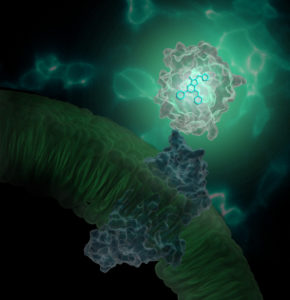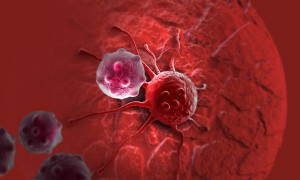
Getting DNA or RNA into cells can be a tricky business, and a variety of transfection reagents have been developed over the years to make the process easier. Lipid-based reagents are especially popular because they combine efficient transfection with relatively low toxicity.
When it comes to transfection, it pays to think small. Human cells range in volume from 20–40 µm3 (sperm cells) to as large as 4 million µm3 (mature egg cells, or oocytes). For several decades, transfection reagents have targeted this size range. However, breakthrough research involves leaving the “micro” realm and entering a world that was once the domain only of science fiction: nanotechnology.
Continue reading “Nano, Nano: Tiny Lipid Particles with Big Therapeutic Potential”
